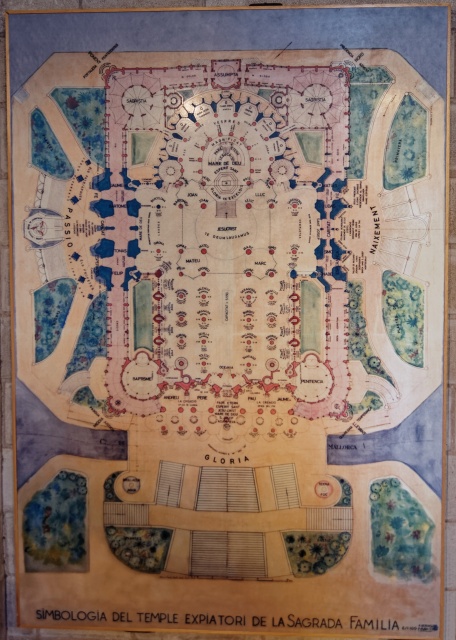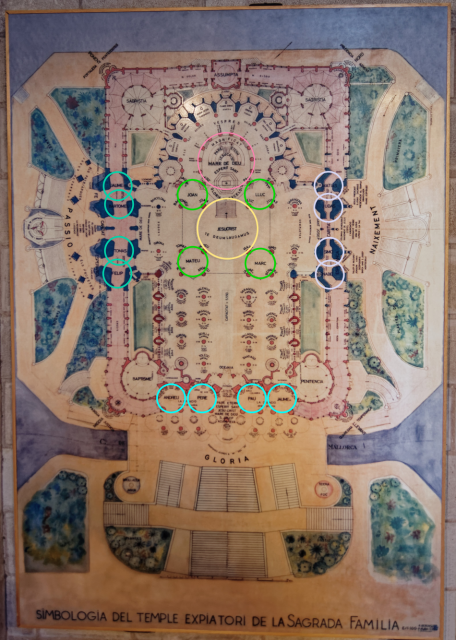Mark Dominus (陶敏修)
mjd@pobox.com

Archive:
| 2025: | JFMAMJ |
| JAS | |
| 2024: | JFMAMJ |
| JASOND | |
| 2023: | JFMAMJ |
| JASOND | |
| 2022: | JFMAMJ |
| JASOND | |
| 2021: | JFMAMJ |
| JASOND | |
| 2020: | JFMAMJ |
| JASOND | |
| 2019: | JFMAMJ |
| JASOND | |
| 2018: | JFMAMJ |
| JASOND | |
| 2017: | JFMAMJ |
| JASOND | |
| 2016: | JFMAMJ |
| JASOND | |
| 2015: | JFMAMJ |
| JASOND | |
| 2014: | JFMAMJ |
| JASOND | |
| 2013: | JFMAMJ |
| JASOND | |
| 2012: | JFMAMJ |
| JASOND | |
| 2011: | JFMAMJ |
| JASOND | |
| 2010: | JFMAMJ |
| JASOND | |
| 2009: | JFMAMJ |
| JASOND | |
| 2008: | JFMAMJ |
| JASOND | |
| 2007: | JFMAMJ |
| JASOND | |
| 2006: | JFMAMJ |
| JASOND | |
| 2005: | OND |
Subtopics:
| Mathematics | 245 |
| Programming | 99 |
| Language | 95 |
| Miscellaneous | 75 |
| Book | 50 |
| Tech | 49 |
| Etymology | 35 |
| Haskell | 33 |
| Oops | 30 |
| Unix | 27 |
| Cosmic Call | 25 |
| Math SE | 25 |
| Law | 22 |
| Physics | 21 |
| Perl | 17 |
| Biology | 16 |
| Brain | 15 |
| Calendar | 15 |
| Food | 15 |
Comments disabled
Mon, 27 Mar 2023
Everyone seems to agree that the Sagrada Família will (when it's finished) have eighteen spires:
- 12 representing the twelve apostles
- 4 representing the four evangelists
- One representing the virgin Mary
- One representing Jesus
Writing about this last week I was puzzled. Which spire is which? Some of the evangelists were apostles, so do they get two spires each? And one apostle was Judas Iscariot, what about him? Did Gaudí plan a glorious spire for Judas the betrayer?
I remember when Richard Nixon died, there was some question about whether he would get a commemorative stamp like all the other presidents did when they died. The U.S. Postal Service was unequivocal: when a president dies, he gets a stamp. Even Nixon. I wondered if maybe the spires are like that.
Apparently not, the Christians have already dealt with this problem. Acts 1 explains that Simon Peter proposed that someone should be appointed to take Judas's position so that there would be twelve apostles to witness the resurrection. (Twelve is important, it symbolizes perfection. For example, when Jesus feeds the multitude with the loaves and fishes, there are twelve baskets of leftovers.) The disciples pick two candidates and then let God choose one at random, Matthias. The Sagrada Família has a spire for Matthias, and none for Judas Iscariot. Probably a good move on Gaudí's part, nobody would have wanted to work on it.
Researching this would have been very difficult if I had not discovered this helpful floor plan of la Sagrada Família, apparently on display in the basement museum of the Sagrada Família.
Confusing the issue are:
There were a lot of disciples, and little agreement on which ones should be considered apostles. There are at least four lists of the apostles in the New Testament.
The labels on the floor plan are in Catalan
The Catalan Wikipedia article on the Apostles only has one list and it isn't the one that Gaudí used. For example, it includes Judas Iscariot.
Some of the apostles have the same names; others are known by multiple names
The Sagrada Família not only has spires and towers named after evangelists and apostles, it also has individual columns named for evangelists and apostles. Everything about the Sagrada Família has a symbolic meaning. This makes it a little harder to interpret the floor plan.
Nevertheless I think I've worked it out.
First, here are the locations of the eighteen spires and their labels:
The four big spires (green circles) are the evangelists, clustered around Jesus. They are easy to identify because the labels are nice and clear. Counterclockwise from the lower left (south) they are:
- Matthew (Mateu)
- Mark (Marc)
- Luke (Lluc)
- John (Joan)
Each of these spires sits over four of the columns (little orange circles) of the transept, one named for the same evangelist, and three named after three apostles.
The apostles are in three groups, as is traditional. The Sagrada Família has three façades, and one group of apostles stands at each façade. The main front façade is the “Glory” (Gloria) façade, with (bright blue circles) spires representing:
- Simon Peter (Pere)
- Andrew (Andreu)
- James (Jaume, son of Zebedee, not son of Alphaeus). It's hard to make out, but I think in the floor plan James is annotated with a little capital ‘M’ to make clear he is Jaume el Major, James the Greater.
- Usually the fourth in this group would be John the Evangelist, but he has been replaced with Paul (Pau), I suppose because as an evangelist he has his own, bigger spire.
Gaudí put Peter and Paul in the middle, perhaps because they are more important, with Peter on the right-hand side.
On the left side of the picture is the “Passion” (Passio) façade. I marked the spires with greenish-blue circles:
- James (Jaume, son of Alphaeus. I think this is annotated with a lowercase ‘m’ to indicate that this is Jaume el Minor, James the lesser.
- Bartholomew (Bartomeo)
- Thomas (Tomàs)
- Philip (Felip)
Matthew (the publican) should have been in this group but seems to have been displaced by James. One would expect James to be over on the other side with Simon the Zealot, but he's here for some reason. I don't know why Matthew was left out. I suppose it is because he is sometimes identified as Matthew the Evangelist. If Gaudí had understood him this way, he would have felt that Matthew already had his own spire, and would have replaced him similar to how John was replaced with Paul at the front.
On the right side of the picture is the “Nativity” (Naixement) façade. Its four spires, marked with pinkish-blue circles, are:
- Barnabas (Bernabé),
- Simon (Simó, the Canaanite, not Simon Peter)
- Judas (Judas, son of James, not Iscariot)
- Matthias (Matias, not Matthew the Evangelist or Matthew the publican)
Normally Barnabas would have been James the Lesser, be he's over on the other side. As I mentioned earlier, Matthias has replaced Judas Iscariot.
I wonder if Matthew the Apostle is sitting around in the afterlife, stewing about having been left out? I suppose not, he's too busy dancing around the Eternal Throne. But maybe there's a lesson there about not having the same name as a more important person who comes after you.
I hope the post office makes the commemorative Donald Trump stamp really big, so I can wipe my ass with it.
[ Addendum: The flag of the European Union has twelve stars, because twelve symbolizes perfection. They emphasize that the twelve stars are not related to the number of countries in the Union, wisely declining to repeat the mistake made by the United States. It was Simon Cozens who brought to my attention the significance of the twelve baskets of leftovers. ]
[Other articles in category /art] permanent link




